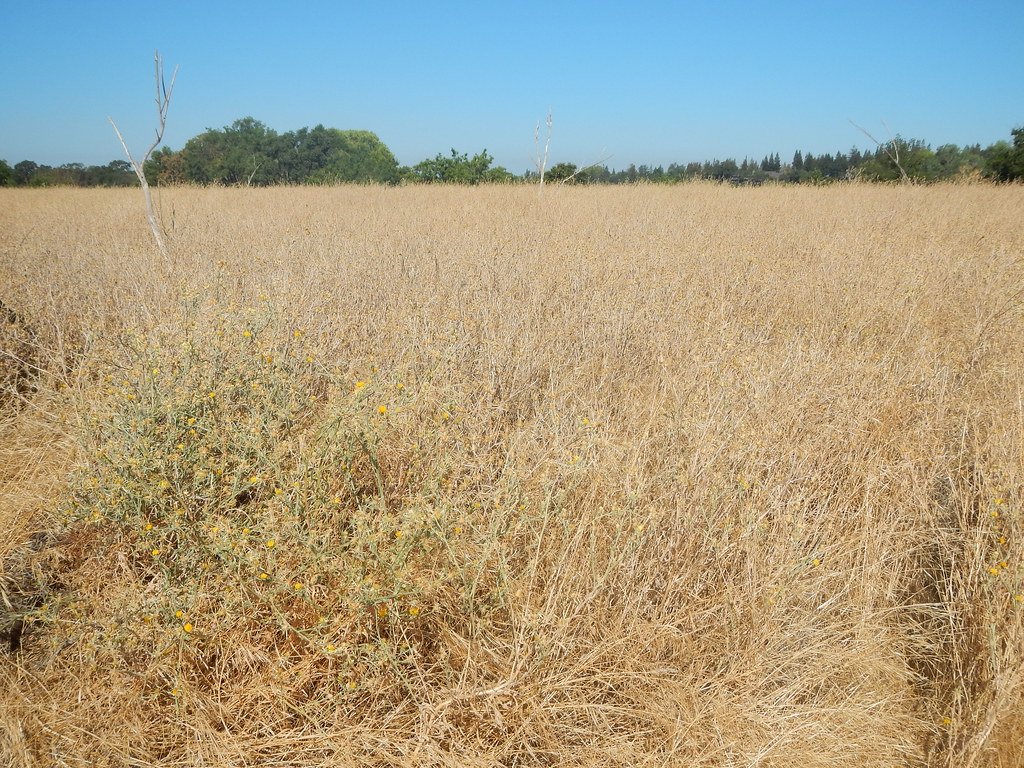Picture this: a million acres of California’s most productive rangeland transformed into an impenetrable fortress of spiny yellow flowers, each plant armed with thorns so vicious they can puncture truck tires. This isn’t science fiction—it’s the reality facing thousands of ranchers across the Golden State as they wage an increasingly desperate battle against one of nature’s most ruthless invaders.
The Golden Menace That Arrived by Accident
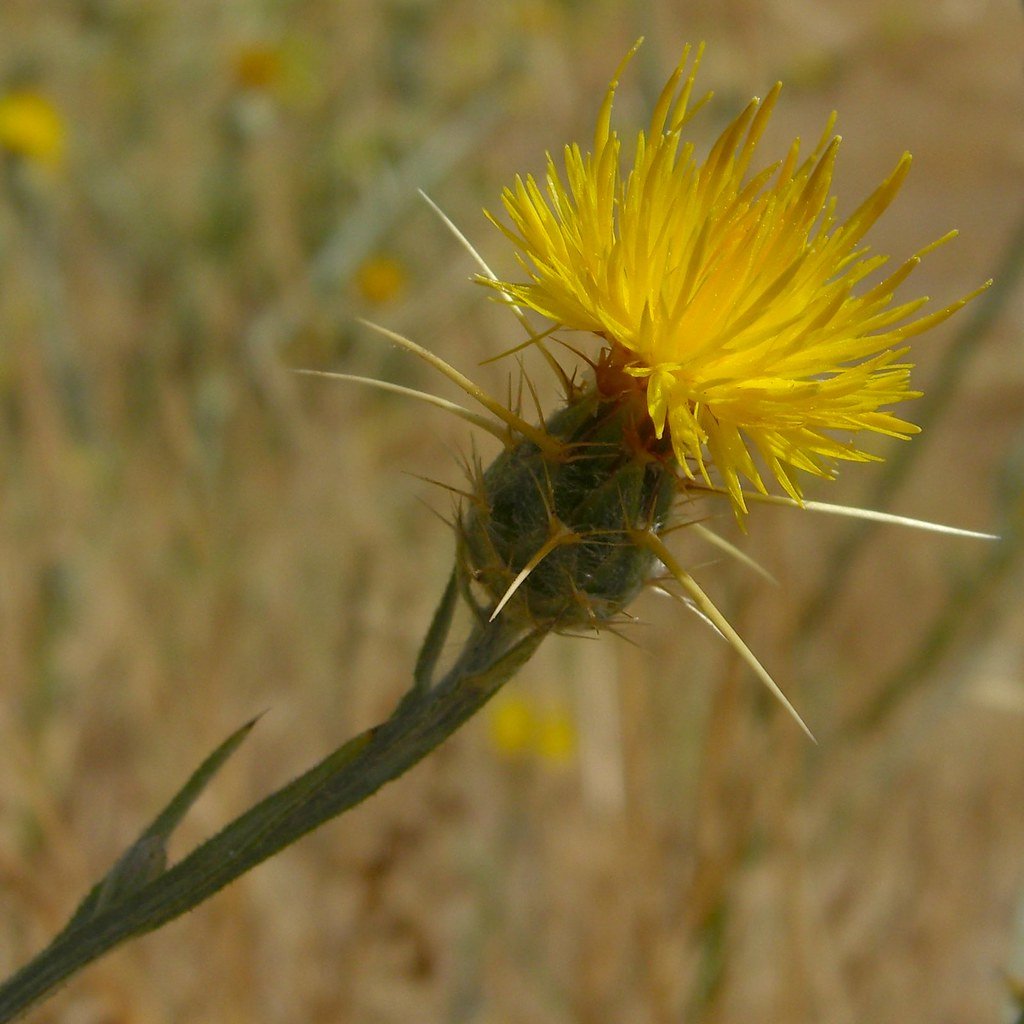
Yellow star-thistle didn’t choose California—California accidentally chose it. Back in the 1860s, this Mediterranean native likely hitchhiked across the Pacific Ocean, hidden in bags of alfalfa seed bound for California’s booming agricultural frontier. Nobody could have predicted that this seemingly innocent weed would become the state’s most expensive invasive plant problem.
What makes this invasion particularly heartbreaking is how perfectly California’s climate suits yellow star-thistle. The plant thrives in the same mild, dry summers that make the state a paradise for agriculture and tourism. It’s like inviting a guest who never leaves and gradually takes over your entire house.
A Botanical Nightmare Built for Conquest
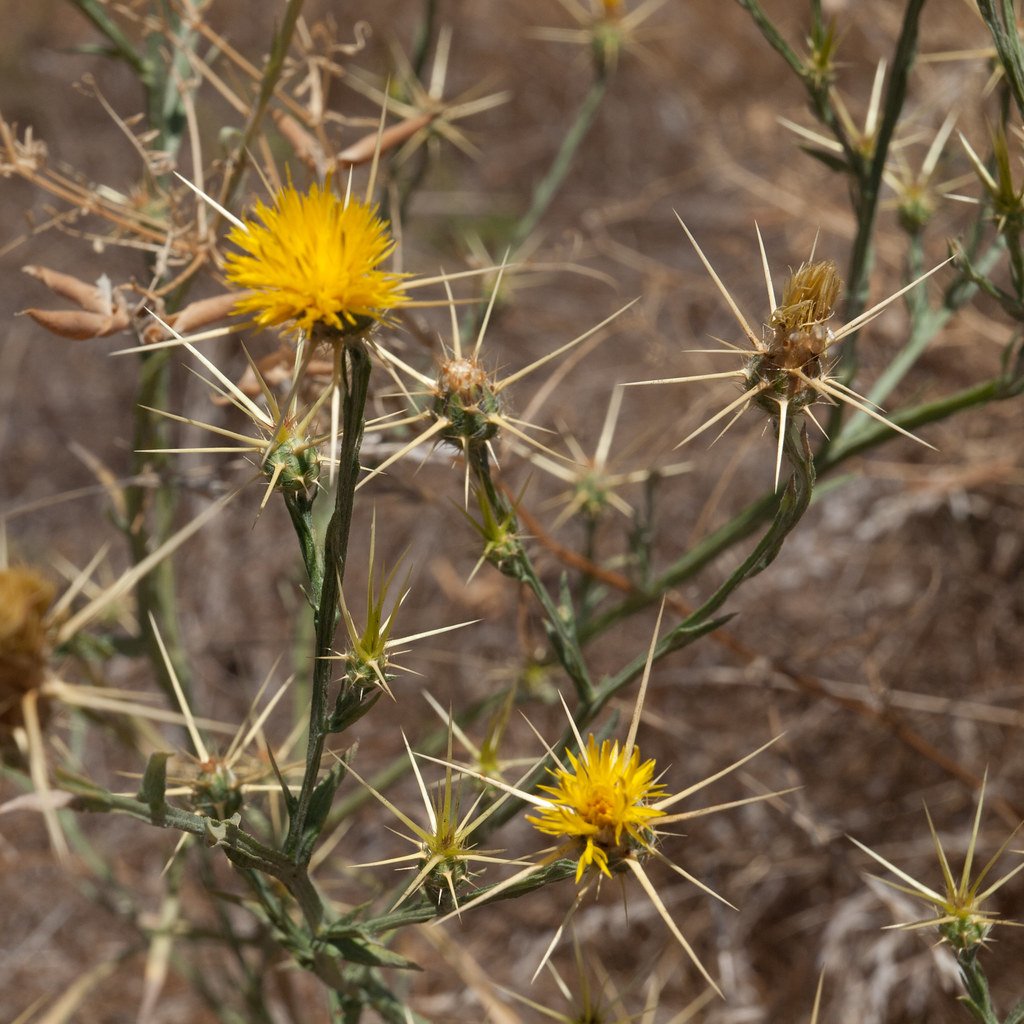
Yellow star-thistle operates like a biological weapon designed specifically to dominate landscapes. Each plant produces between 10,000 to 75,000 seeds annually, and these seeds can remain viable in soil for up to three years, creating a persistent seed bank that makes eradication nearly impossible. The plant’s taproot can plunge eight feet deep, accessing water sources that native plants simply can’t reach.
The most diabolical feature is the plant’s weaponry—those notorious spines aren’t just for show. They’re needle-sharp and perfectly positioned to deter grazing animals, effectively creating no-go zones in pastures. Even worse, the spines contain compounds that can cause painful swelling in livestock, turning feeding time into a hazardous ordeal.
The Economic Earthquake Shaking Rural California

The numbers tell a story that would make any business owner weep. California ranchers lose an estimated $40 million annually to yellow star-thistle, with individual operations seeing grazing capacity reduced by 50% or more on infested land. This isn’t just about lost grass—it’s about families losing their livelihoods and communities watching their agricultural heritage crumble.
Take the story of Central Valley ranchers who’ve seen their carrying capacity drop from 100 head of cattle to fewer than 30 on the same acreage. That’s not just a statistical reduction—it’s the difference between a profitable operation and bankruptcy. The ripple effects touch feed suppliers, veterinarians, equipment dealers, and entire rural communities.
When Paradise Becomes a Prickly Prison
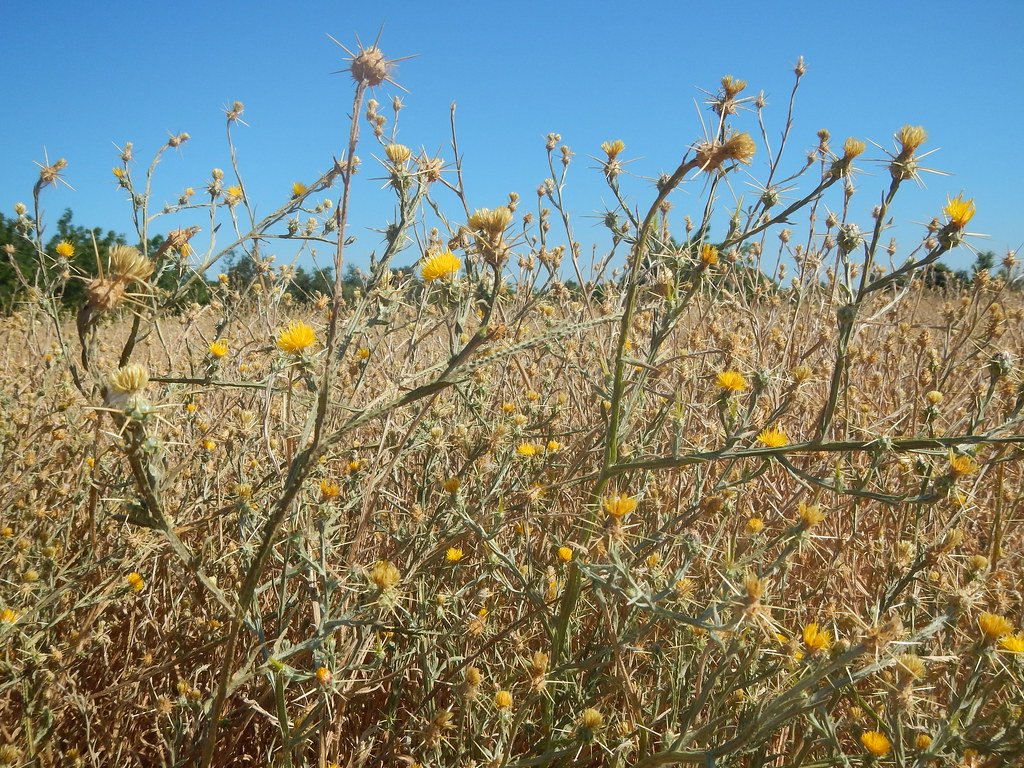
The visual transformation of infested rangeland is nothing short of shocking. What once were rolling hills of golden grass and wildflowers now resemble abandoned lots covered in hostile vegetation. During peak bloom season, the landscape turns an almost radioactive yellow, beautiful from a distance but revealing its true menace up close.
Wildlife pays a heavy price too. Native deer struggle to navigate through dense thistle stands, and ground-nesting birds find their habitat transformed into an impenetrable maze. The plant’s allelopathic properties—chemical warfare against other plants—create virtual monocultures where biodiversity once flourished.
The Science Behind the Invasion
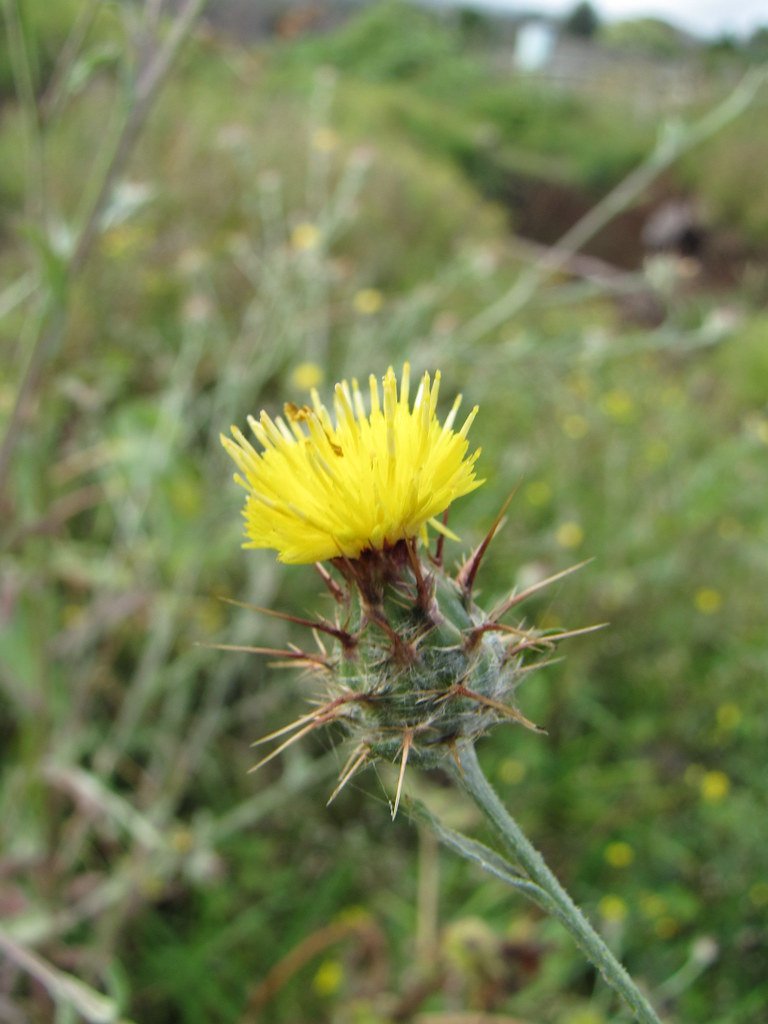
Understanding yellow star-thistle requires diving into some fascinating and frightening plant biology. This species, scientifically known as Centaurea solstitialis, possesses what scientists call “phenological plasticity”—the ability to adjust its life cycle timing based on environmental conditions. In wet years, it grows larger and produces more seeds; in dry years, it conserves energy and still manages to reproduce.
The plant’s root system isn’t just deep—it’s architecturally sophisticated. Research shows that yellow star-thistle can form both shallow lateral roots to capture surface moisture and deep taproots to access groundwater, giving it a competitive advantage over native plants that typically specialize in one strategy or the other.
Chemical Warfare in the Soil
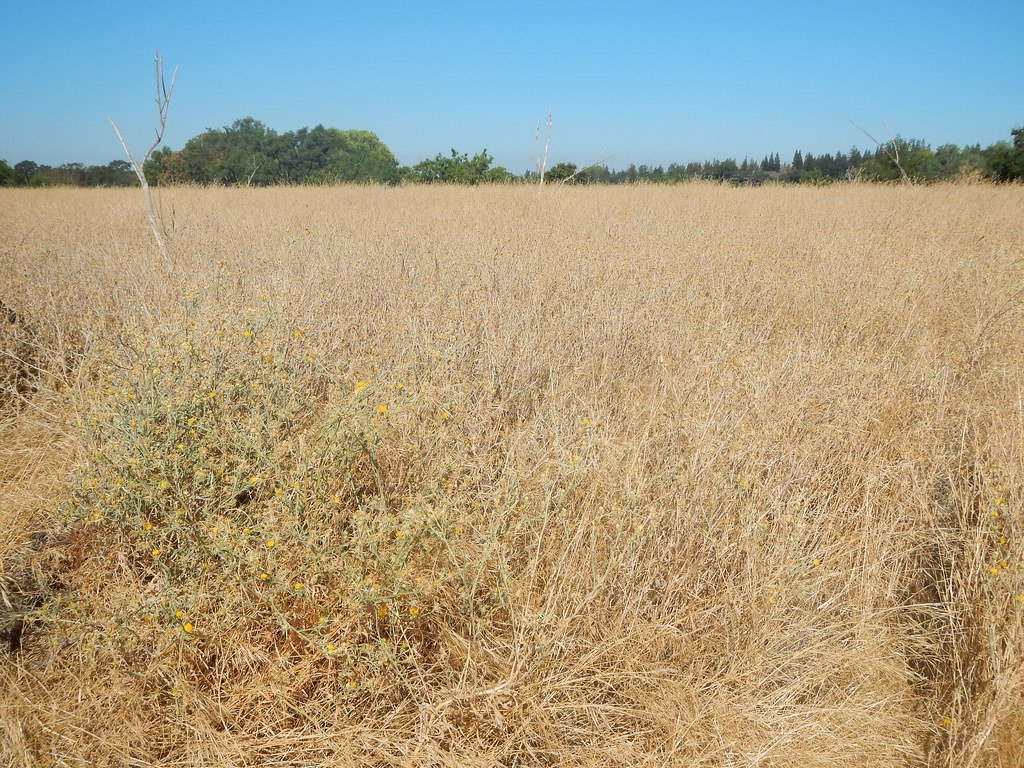
Perhaps the most insidious aspect of yellow star-thistle invasion is what happens underground. The plant releases allelopathic chemicals through its roots, essentially poisoning the soil for other species. These compounds can persist in soil for years after the plant dies, creating a chemical legacy that prevents native vegetation from recovering naturally.
Scientists have identified specific compounds like catechin that actively inhibit the growth of grasses and forbs that would normally compete with star-thistle. It’s biological warfare at the molecular level, and the thistle is winning decisively across millions of acres.
The Grazing Disaster That Keeps Getting Worse
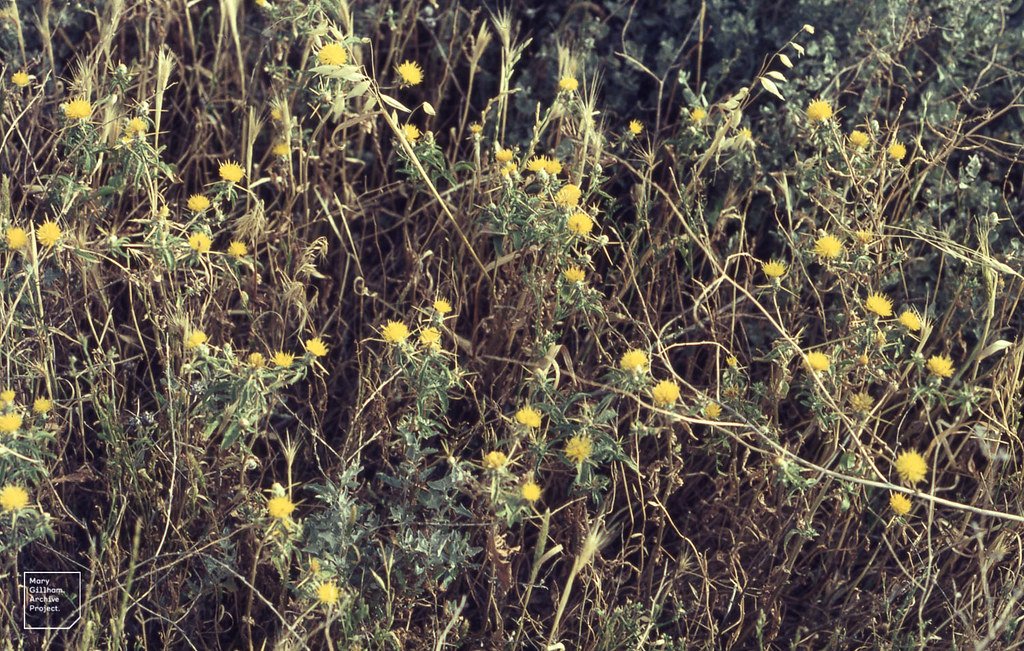
For ranchers, the immediate crisis is simple: cattle won’t eat yellow star-thistle, and the plant won’t let them eat anything else. The spines cause painful mouth injuries, and even when animals attempt to graze around thistle patches, they often develop a condition called “chewing disease” from the plant’s neurotoxins. Horses are particularly susceptible, sometimes developing fatal brain lesions from prolonged exposure.
The psychological impact on livestock is equally troubling. Cattle that have been injured by star-thistle spines often develop lasting aversions to grazing in areas where the plant is present, even after successful control efforts. This learned behavior can persist for years, effectively removing productive pasture from use long after the thistle is gone.
Biological Control: Unleashing Tiny Warriors
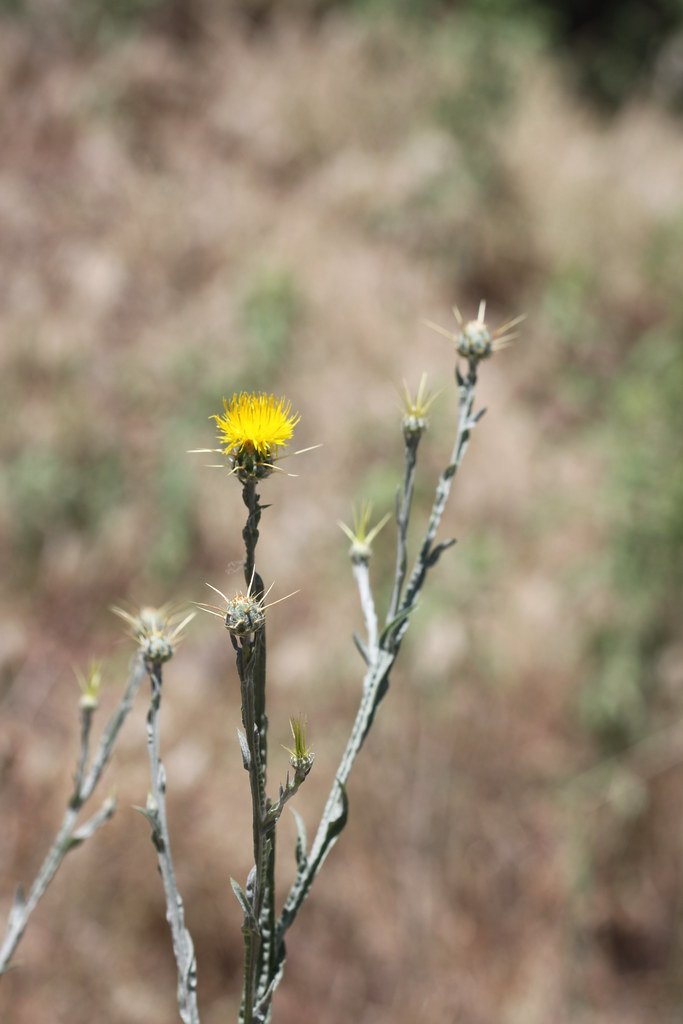
In a move that sounds like something from a science fiction movie, researchers have imported several species of insects from yellow star-thistle’s native Mediterranean region to wage biological warfare against the invader. The star-thistle weevil, peacock fly, and several other species have been carefully screened and released to target specific life stages of the plant.
The results have been mixed but promising in some regions. The weevils, in particular, have shown remarkable success in certain microclimates, reducing seed production by up to 90% in heavily infested areas. However, biological control is a long-term strategy that requires patience—something in short supply when your ranch is being overrun by thorny invaders.
Chemical Battles and Environmental Concerns
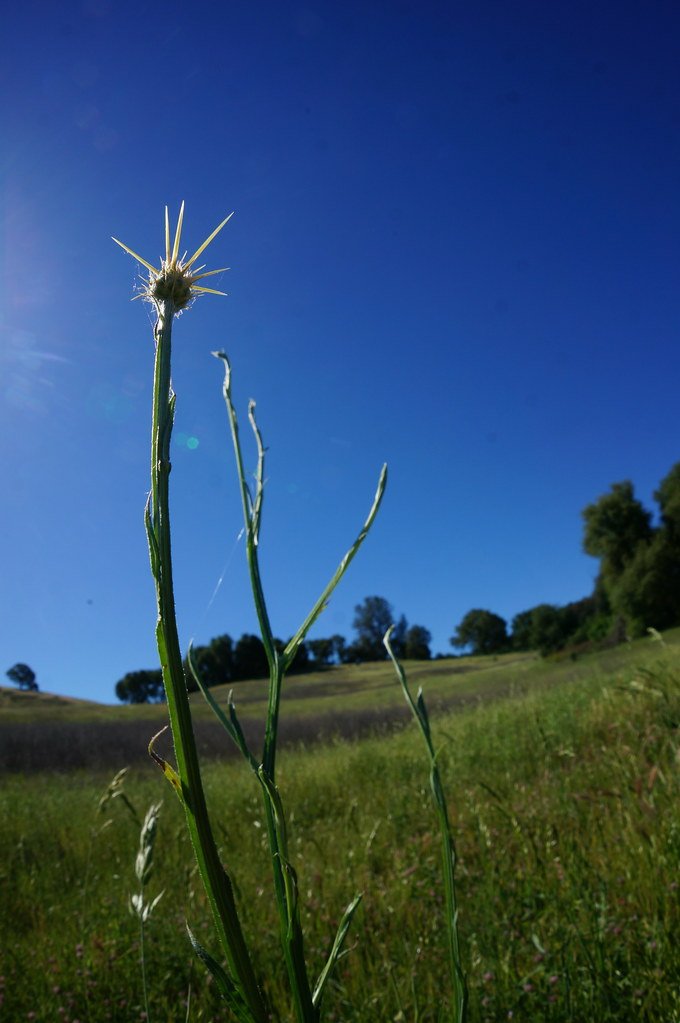
Herbicide use represents the most immediate weapon in the rancher’s arsenal, but it comes with significant challenges and costs. Effective herbicides for yellow star-thistle can cost $50 to $100 per acre, and successful control often requires multiple applications over several years. For ranchers managing hundreds or thousands of acres, the expense quickly becomes prohibitive.
Environmental concerns add another layer of complexity. Many of the most effective herbicides raise questions about groundwater contamination, effects on beneficial insects, and impacts on non-target native plants. Ranchers find themselves caught between the economic necessity of controlling star-thistle and growing pressure to minimize chemical inputs.
Mechanical Warfare: When Humans Fight Plants
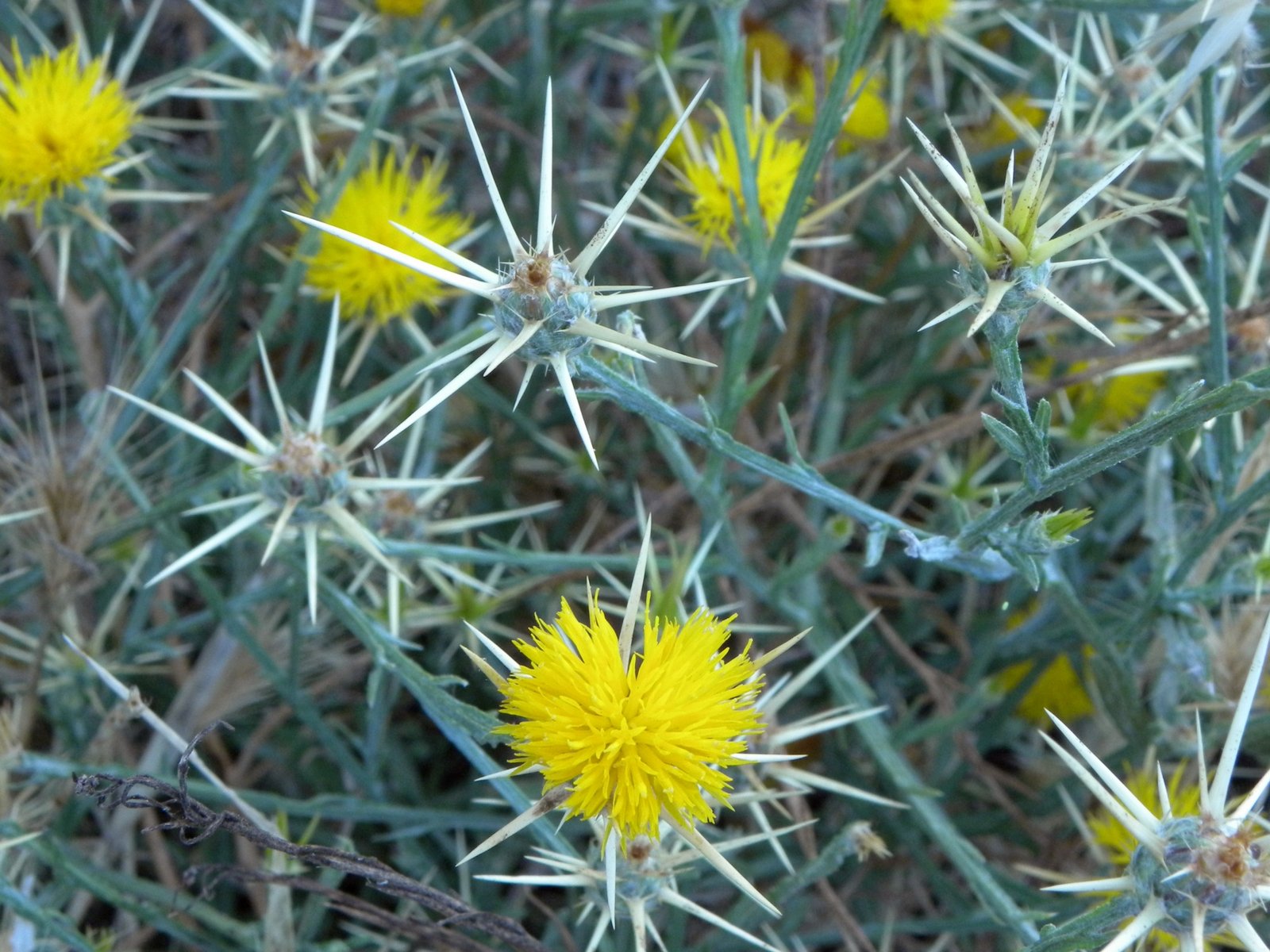
Some ranchers have turned to mechanical control methods, essentially going to war with mowers, discs, and specialized equipment designed to cut and uproot star-thistle before it can set seed. This approach requires precise timing—too early and the plant regrows from its root system; too late and it has already dispersed thousands of seeds.
The physical toll on equipment is enormous. Star-thistle spines are so tough they can puncture hydraulic hoses and clog machinery, leading to constant repairs and downtime. One rancher compared it to mowing a field of thumbtacks, except the thumbtacks fight back by growing deeper roots and producing more thumbtacks.
Fire as a Double-Edged Weapon
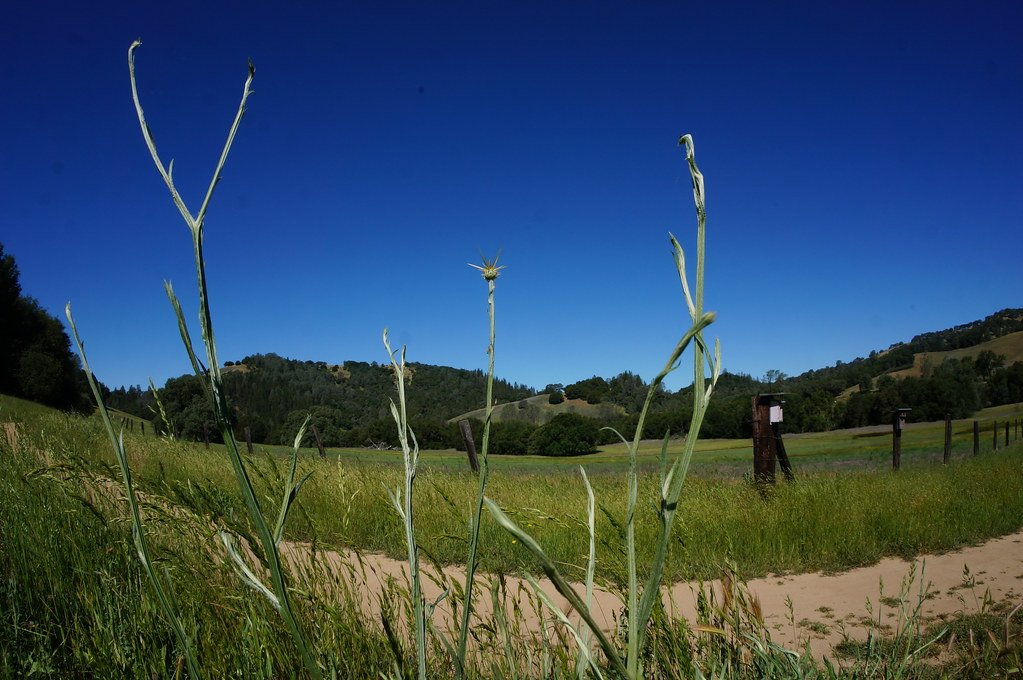
Prescribed burning has emerged as both a potential solution and a dangerous gamble in the fight against yellow star-thistle. When timed correctly, fire can eliminate mature plants before seed dispersal and potentially stimulate native plant recovery. However, post-fire conditions often create ideal conditions for star-thistle germination, sometimes leading to more severe infestations than before burning.
The wildfire risk adds another dimension to this challenge. Dense stands of dry star-thistle create extremely hazardous fuel loads, and the plant’s extended growing season means it often remains flammable when native vegetation has already gone dormant. Several major California wildfires have been linked to star-thistle infestations that provided rapid fire spread.
The Restoration Challenge
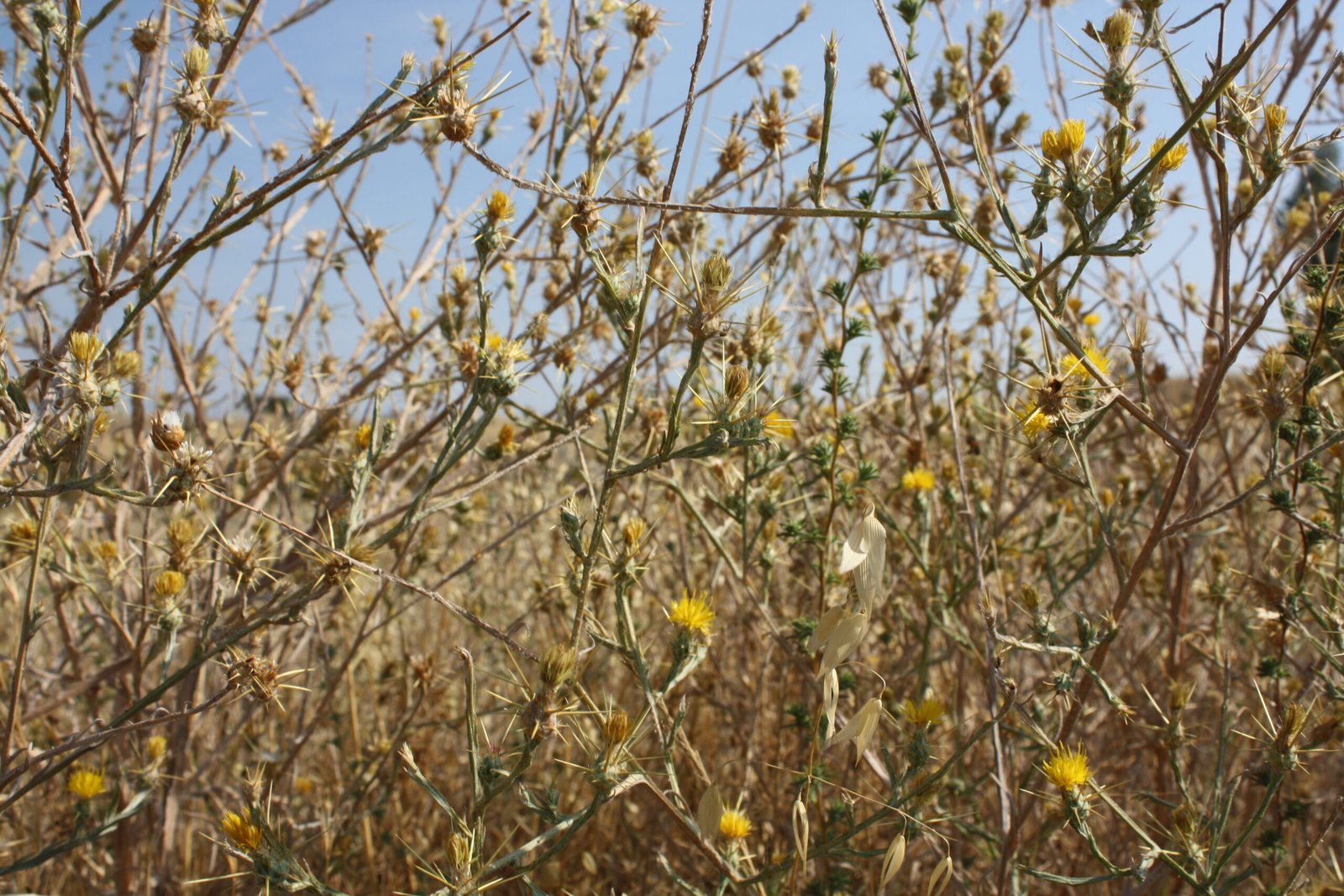
Even when control efforts succeed in eliminating yellow star-thistle, restoration presents its own set of challenges. The plant’s allelopathic legacy persists in soil, often requiring active rehabilitation to establish desirable vegetation. Many ranchers have discovered that successful star-thistle control creates opportunities for other invasive species to colonize the disturbed ground.
Native plant restoration requires not just removing the invasive species but actively rebuilding damaged ecosystems. This process can take years and requires significant investment in seed, soil amendments, and ongoing management. For many ranchers, the restoration phase represents an even greater challenge than the initial control efforts.
Climate Change: Adding Fuel to the Fire
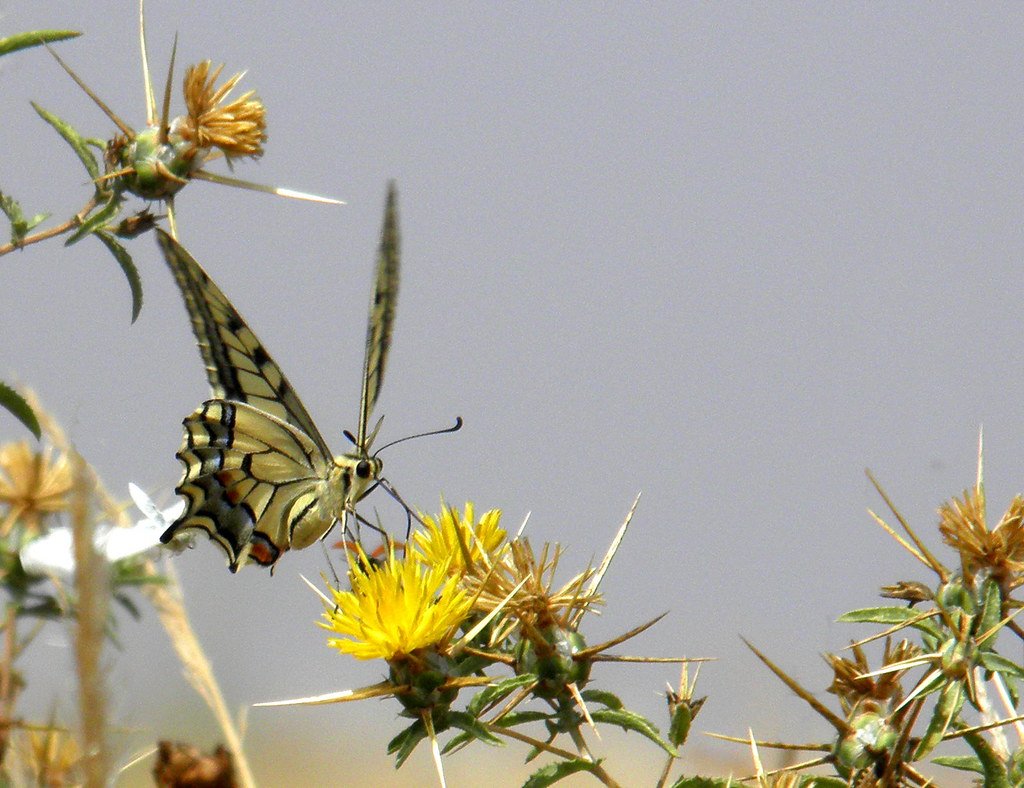
California’s changing climate patterns are tilting the battlefield even further in favor of yellow star-thistle. Longer dry seasons, more extreme heat events, and altered precipitation patterns all favor this drought-tolerant Mediterranean species over native California plants. Climate models suggest that suitable habitat for star-thistle could expand significantly in coming decades.
Rising atmospheric CO2 levels also appear to benefit star-thistle disproportionately, allowing it to produce more biomass and potentially more seeds per plant. This means that even current control efforts may become less effective over time as changing environmental conditions stack the deck against native ecosystems.
Innovation in the Trenches
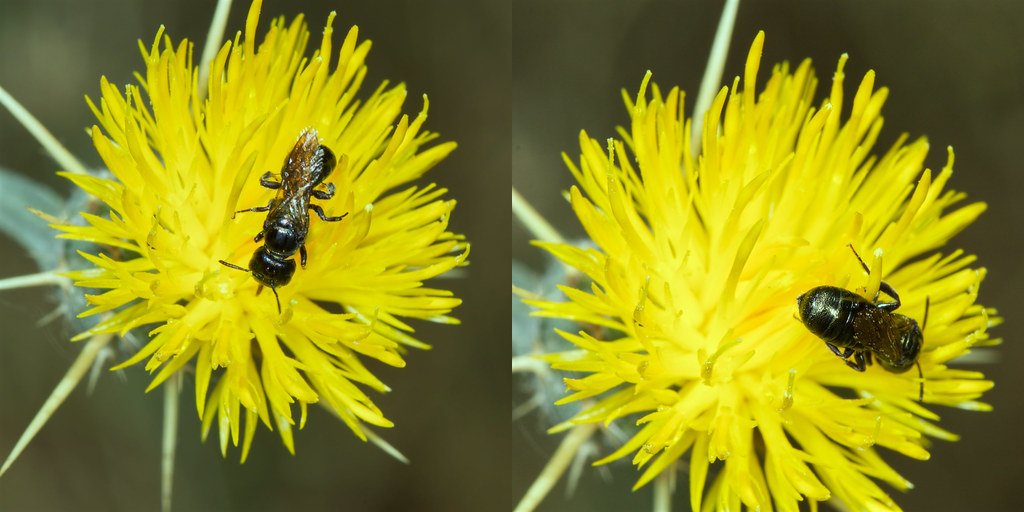
Desperate times have sparked remarkable innovation among California ranchers and researchers. New technologies include GPS-guided herbicide applicators that can target individual plants, drone-based monitoring systems that can detect early infestations, and even experimental uses of steam and microwave energy to kill star-thistle without chemicals.
Genetic research is exploring the possibility of developing biocontrol agents that could spread through star-thistle populations like a virus, potentially offering a long-term solution to the invasion. However, such approaches require extensive testing and regulatory approval, meaning practical applications remain years away.
The Social Fabric of Rural Communities
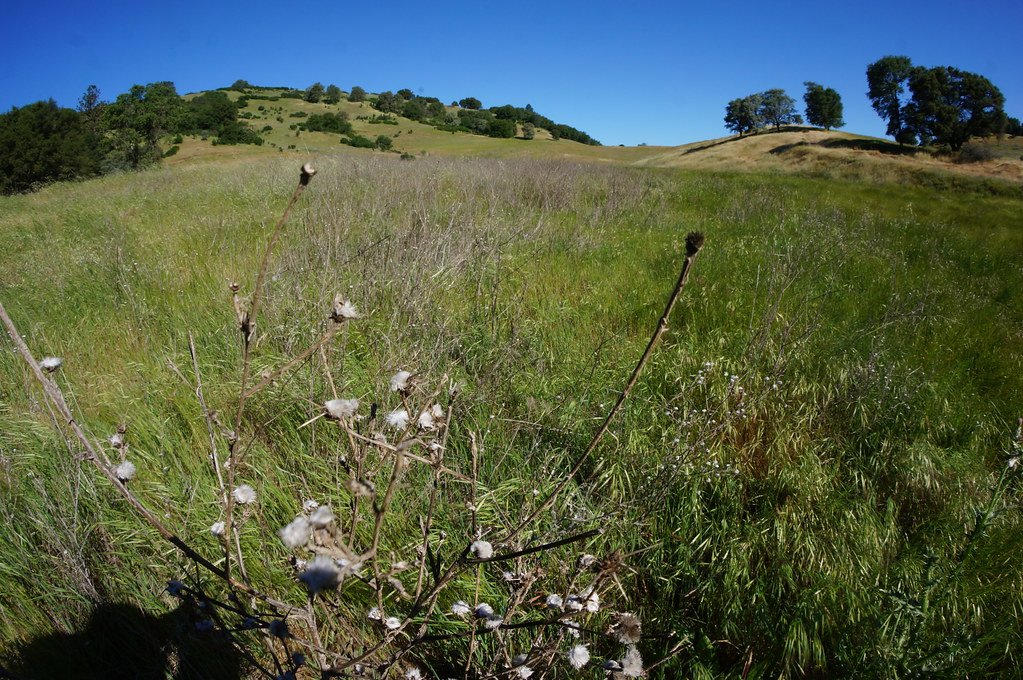
Beyond the economic and ecological impacts, yellow star-thistle invasion has profoundly affected the social fabric of rural California communities. Multi-generational ranching families have been forced to sell land that has been in their families for over a century, unable to maintain profitability in the face of severe infestations.
The loss of working landscapes has ripple effects throughout these communities. Local schools lose enrollment as families move away, businesses that depend on agricultural customers struggle to survive, and the cultural heritage of California’s ranching traditions faces an uncertain future. Yellow star-thistle isn’t just changing the landscape—it’s changing the lives of the people who call these places home.
Policy Battles and Regulatory Challenges
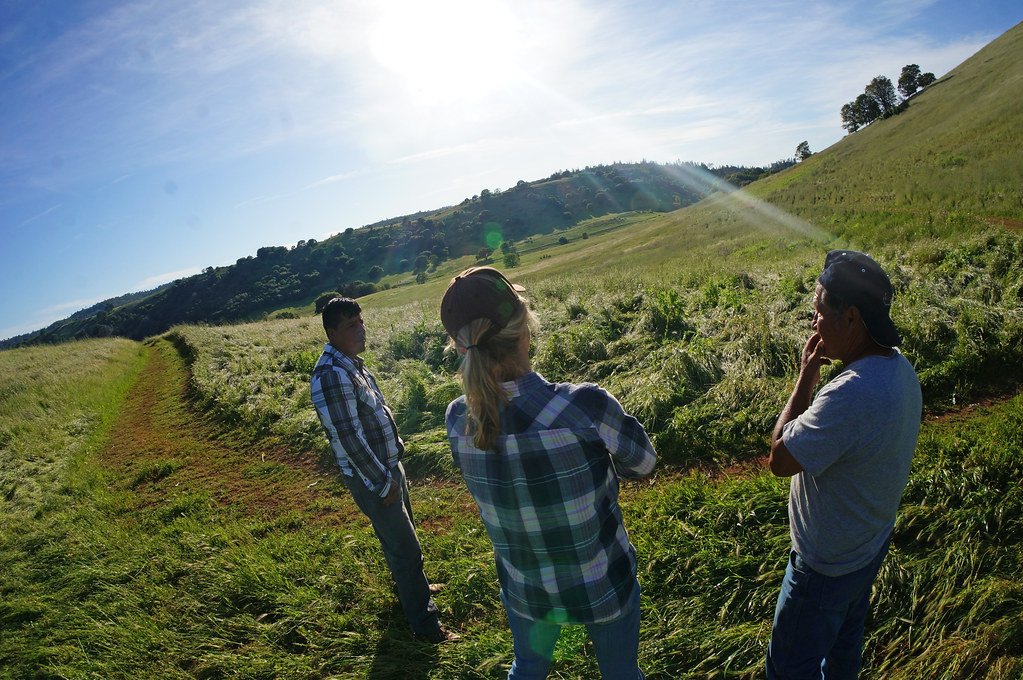
The regulatory environment adds another layer of complexity to star-thistle management. Environmental regulations designed to protect water quality and endangered species sometimes conflict with aggressive control efforts, creating bureaucratic obstacles for ranchers trying to save their land. Permit requirements for herbicide use near waterways can delay critical control efforts until after the optimal treatment window has passed.
State and federal funding for invasive species control is often inadequate and comes with strings attached that may not align with on-the-ground realities. Ranchers frequently find themselves navigating a maze of agencies and regulations while their pastures transform into thistle wastelands before their eyes.
Success Stories That Offer Hope
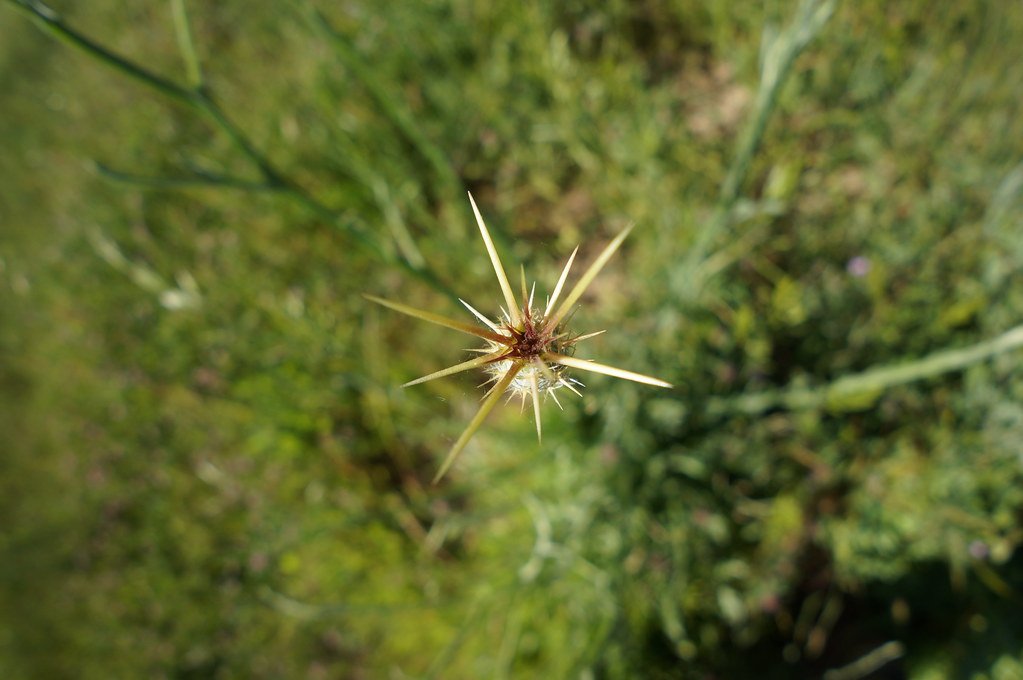
Despite the overwhelming challenges, some ranchers and land managers have achieved remarkable success in controlling yellow star-thistle through integrated management approaches. The key appears to be combining multiple control methods, maintaining long-term commitment, and adapting strategies based on local conditions and annual weather patterns.
One Mendocino County ranch reduced star-thistle coverage from 80% to less than 5% over a decade through careful timing of herbicide applications, strategic grazing management, and aggressive reseeding with competitive native species. The success required substantial investment and unwavering commitment, but the restored rangeland now supports twice as many cattle as before the invasion.
What these success stories demonstrate is that victory against yellow star-thistle is possible, but it requires resources, expertise, and persistence that many individual ranchers simply cannot sustain alone.
Looking Forward: The Next Chapter in California’s War
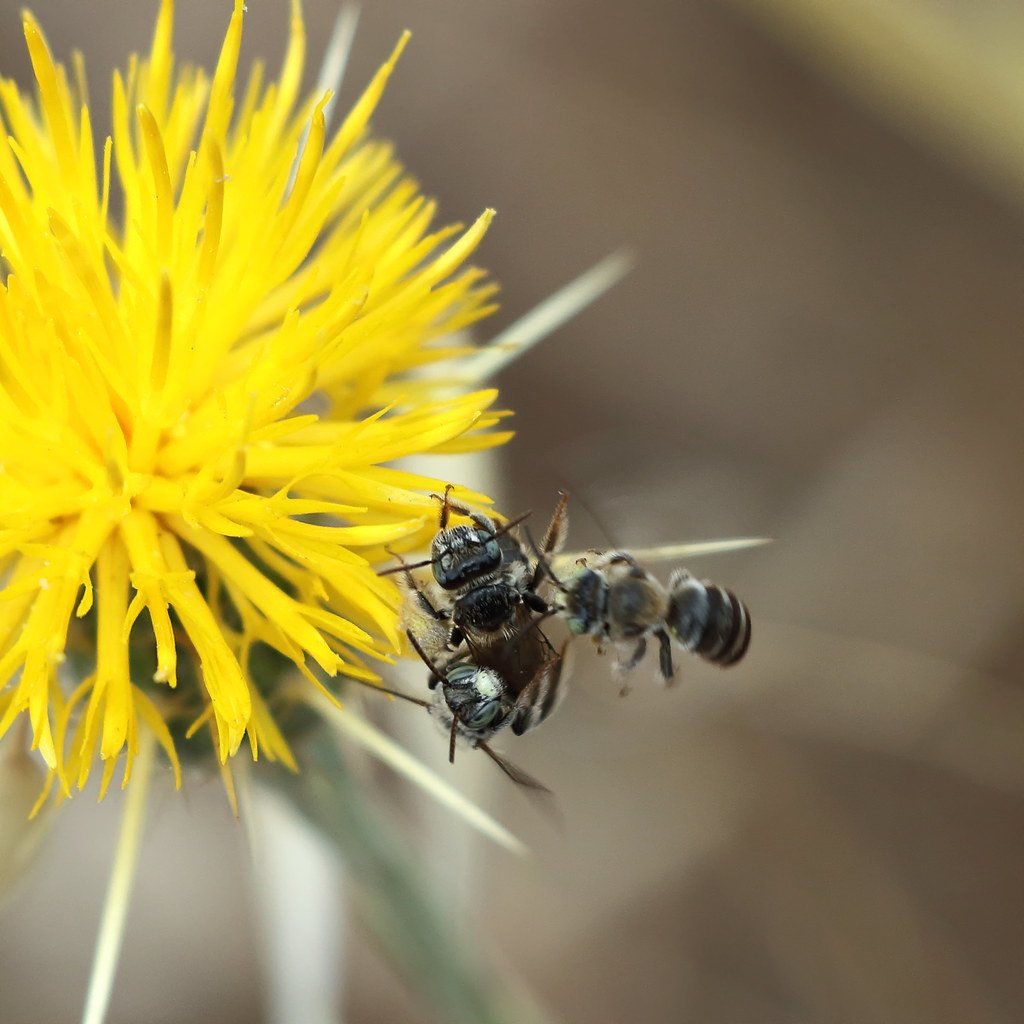
The battle against yellow star-thistle represents more than just a conflict between ranchers and weeds—it’s a test of California’s ability to protect its agricultural heritage and natural ecosystems in the face of biological invasion. The strategies developed here will likely influence how the state approaches other invasive species challenges in the coming decades.
Emerging technologies offer hope, but they also require investment and coordination that extends far beyond individual ranch operations. The future of California’s rangelands may depend on unprecedented cooperation between scientists, policymakers, and land managers to develop and implement landscape-scale solutions.
As climate change continues to alter the rules of ecological competition, the lessons learned from fighting yellow star-thistle will become increasingly valuable. The question isn’t whether California will face more invasive species challenges—it’s whether the state will be prepared to respond more effectively than it has to this prickly Mediterranean invader.
The yellow star-thistle invasion has revealed both the vulnerability of California’s ecosystems and the resilience of the people who depend on them. Ranchers continue to dig in, literally and figuratively, fighting for their land, their livelihoods, and their way of life. Their struggle represents a larger battle playing out across the American West, where native landscapes face increasing pressure from invasive species, climate change, and human development. The outcome of this war will shape not just California’s rangelands, but the future of agriculture and conservation throughout the region. Will determination and innovation prove stronger than thorns and toxins?

